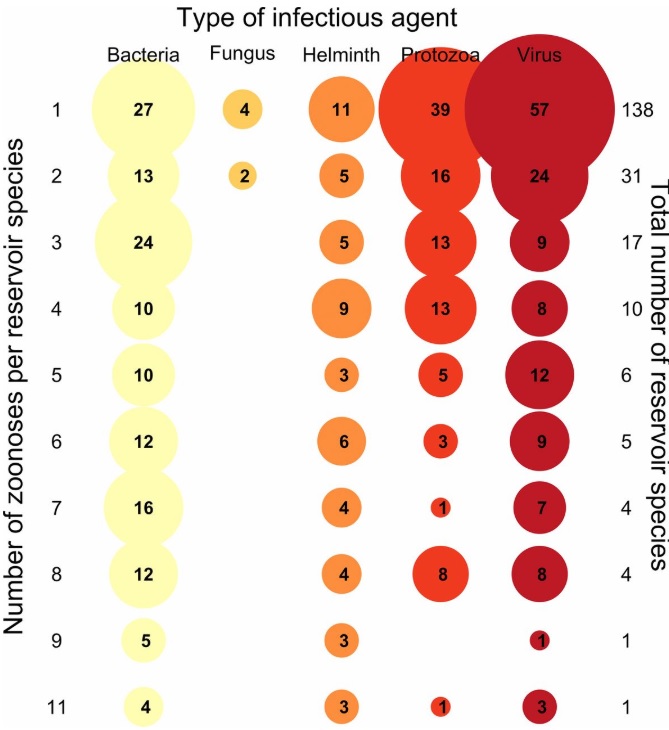>>> Are you infected?
Humans cannot see when They play hide and seek
Invisible to the eye, but not to Health
And how does she know how to treat the ones she meets?
They will play with someone else after her slow, incurable death.
As you may know from reading my About Me section, I had previously worked on drug discovery research for tuberculosis (TB), a leading infectious disease that is ranked 10th in the leading causes of death worldwide. In humans, the main TB bacterial type, or strain, causing the disease is Mycobacterium tuberculosis, but there exist other TB bacterial types arising from animals that get transmitted to humans such as Mycobacterium bovis, commonly transmitted by infected dairy products, seals, rhinoceros , and elk . This classifies TB as a zoonotic disease, where zoonosis is any infectious disease that can be naturally transmitted between vertebrate animals and humans.
Within the 1, 415 pathogens (causative agents of the disease i.e. viruses, bacteria) known by 2001 to infect humans, 61% were zoonotic. Deadly pandemic diseases that can be found in history such as the 1918 Spanish flu and the 2009 swine flu, as well as modern deadly diseases like Malaria, the Ebola and Zika viruses, Anthrax, and Rabies have been, and are, zoonoses, or have strains that are zoonotic. In terms of treatments, many human cases caused by these zoonoses, especially the ones from TB and Malaria arising from either bacteria or a parasite, have no cure as their pathogenic strains continue becoming increasingly resistant to current treatments.
Since these diseases start in animals and then get transmitted onto humans, imagine if we could predict in advance which animals are going to carry a disease (called reservoirs), and in which geographical location they would arise. This was the focus of the 2015 rodent study done by Barbara A. Han and colleagues (et al.) from Princeton University.
“By combining ecological and biomedical data into a common database, Barbara was able to use machine learning to find patterns that can inform an early warning system for rodent-borne disease outbreaks.”
-John Drake, co-author in Hahn et al. (2015)

Han et al. (2015) used rodent data from PanTHERIA and applied generalized boost regressions, which builds a prediction model by building up an ensemble of weak prediction models/decision trees to categorize the most important variables for predictions. In this case, predicting zoonotic reservoir status and geographical location. They examined intrinsic traits ( postnatal growth rate, relative age to sexual maturity, relative age at first birth, and production) along with ecological and geographical ones where current zoonotic host carriers have come from.
Among the highlights of the results were that:
- Not every rodent has the equal probability of transmitting the disease, only those that mature quickly, reproduce faster, and live in northern temperature areas with low biodiversity
- North America, the Atlantic coast of South America, Europe, Russia, and parts of Central and East Asia have the majority of zoonotic reservoir happening in upper latitudes (Figure 1)
- Predicted future hotspots include China, Kazakhstan, and the Midwestern USA
- Many rodent reservoir hotspots are within the geographical locations were infectious diseases happen most often (both zoonotic and nonzoonotic)
- The majority of etiologic agents infecting rodents are viruses (Figure 2)

Overall, these predictions achieved by machine learning shows that it is possible to predict with accuracy the wild species that carry zoonotic infections, and that machine learning can play a key role in improving how we tackle current incurable infectious disease and future emerging ones.

